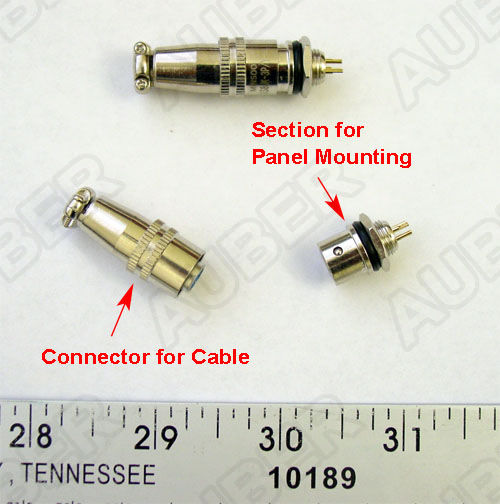I think it depends on the type of probe. RTD's do not need special wires, whereas thermocouples do.
From the automation direct website:
Resistance Temperature Detectors (RTDs) have a linear increase in resistance as temperature rises. RTDs come in 2-wire, 3-wire or 4-wire versions. A 2-wire RTD signal is affected by the distance to the controller. 3-wire or 4-wire RTDs can compensate for line losses.
Thermocouples have two dissimilar metal wires joined at the hot junction. As temperature changes, a millivolt signal is read at the cold junction. The most common types of temperature thermocouples are Type J thermocouples and Type K thermocouples. Advantages of thermocouple sensors include: low cost, small size, wider temperature ranges and faster response than RTDs. The disadvantages of using thermocouples include: they are less linear and accurate than RTDs, a matching extension wire is needed, and thermocouples are sensitive to electrical noise.



